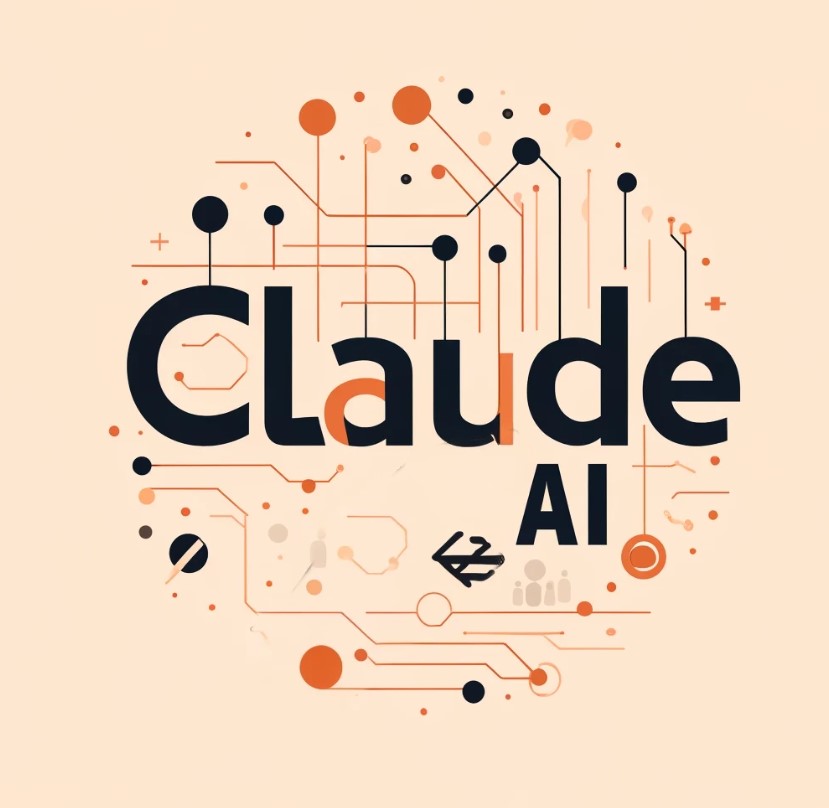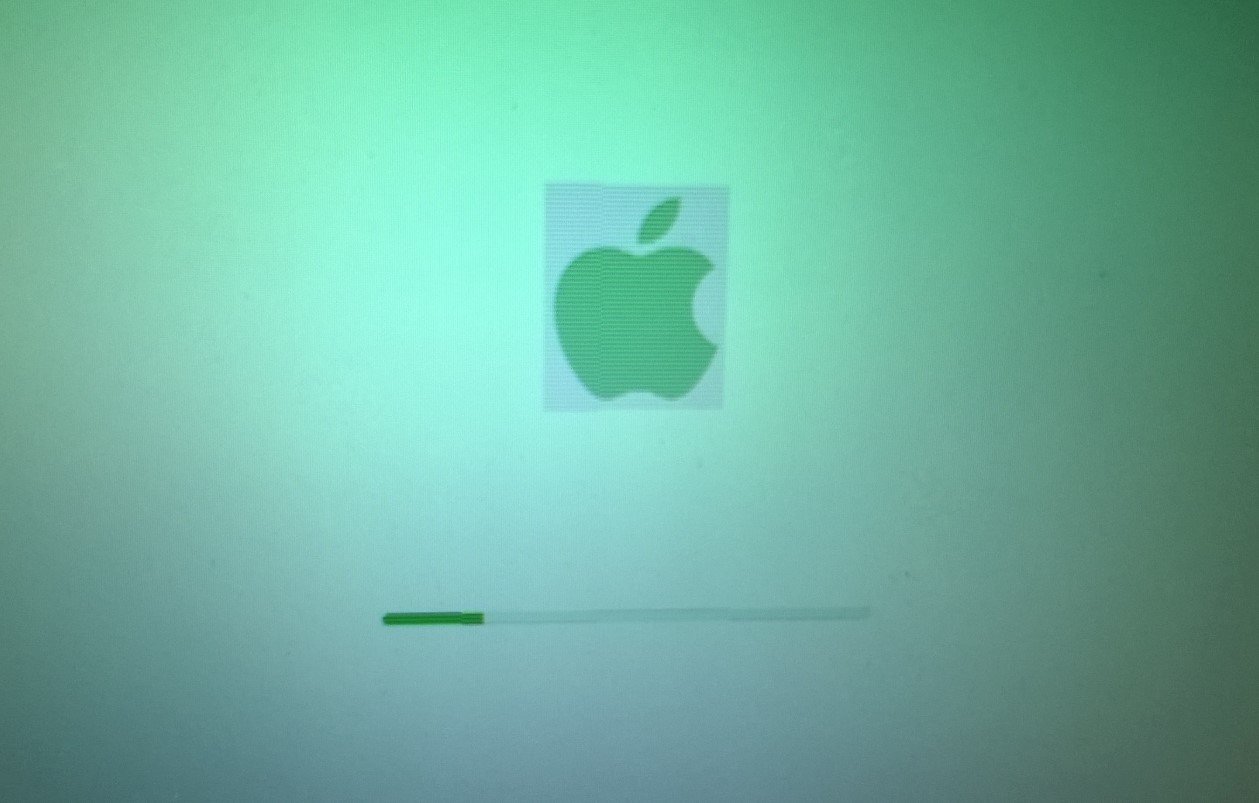News
Claude 4 Raises the Bar for AI Coding — But the 200K Token Ceiling Still Casts a Shadow
The benchmark scores are impressive. The marketing is sharp. But for some developers, Anthropic’s latest Claude 4 models are serving a slightly familiar flavor of frustration.
Anthropic just pulled the wraps off its newest AI models — and yes, they’re faster, smarter, and a good chunk better at coding than their predecessors. Claude Opus 4 and Claude Sonnet 4, the latest iterations in its generative AI lineup, posted strong results in technical benchmarks and boast noticeable improvements in long-session performance. But here’s the rub: despite all the noise about scale and intelligence, Claude 4 still maxes out at the same 200,000-token context window that’s been hanging around since the Claude 2.1 days.
Anthropic’s Newest Flagship Outshines Its Peers — in Raw Skill
Opus 4, the crown jewel of the Claude 4 lineup, is Anthropic’s answer to the growing need for smarter AI agents — especially in engineering and coding. The model scored a 72.5% on SWE-bench, a notoriously difficult software engineering benchmark. It also posted 43.2 on Terminal-bench, where even marginal improvements can make a big difference.
Sonnet 4, the mid-tier model, benefits from many of the same under-the-hood upgrades as Opus — just optimized more for cost and speed. It’s a continuation of Anthropic’s strategy to carve out use cases ranging from enterprise-level task automation to coding copilots.
In a blog post, the company claimed Claude 4 “dramatically outperforms all Sonnet models” in multi-hour tasks that require “thousands of steps.” From debugging to writing boilerplate code, Opus 4 is meant to stay sharp over long hauls.
Here’s Where Claude 4 Stands Out — and Where It Doesn’t
Anthropic deserves some credit here. Claude 4 models don’t just post nice benchmark scores — they’ve demonstrated real performance gains in practical testing. This is not just theoretical bragging.
SWE-bench: 72.5% (Opus 4) — one of the highest seen so far.
Terminal-bench: 43.2 — competitive, if not industry-best.
Performance consistency: Sustains hours of continuous work, especially in coding and step-based reasoning.
And yet, the context ceiling — stuck at 200,000 tokens — feels like an obvious sore spot. Rivals like OpenAI and Google have already crossed the million-token line. Gemini 2.5 Pro from Google currently supports 1 million tokens, with 2 million in active testing. ChatGPT’s GPT-4.1 is comfortably handling million-token sessions.
This matters. Because in fields like legal analysis, full-book summarization, or massive codebase refactoring, bigger context means fewer cut corners.
The Pricing Breakdown: Competitive but Context-Capped
Anthropic didn’t just upgrade the model — it tweaked the pricing too. Opus is still a premium product, and the price per million tokens reflects that. But bulk processing discounts help soften the blow, especially for enterprise customers.
Here’s a quick look at how the Claude 4 models stack up on pricing:
| Model | Input Price/MTok | Output Price/MTok | Context Window | Batch Discount |
|---|---|---|---|---|
| Claude Opus 4 | $15 | $75 | 200K | 50% |
| Claude Sonnet 4 | $3 | $15 | 200K | 50% |
So yes — these models are strong for those who work within that 200K context window. But for use cases that demand full-document retention or long memory chains, that limit is still a constraint.
Why This Context Limit Still Matters — More Than Ever
Some might argue that most users don’t need more than 200K tokens anyway. But that’s missing the point. The competitive landscape is evolving fast — and so are expectations. The most advanced users want fewer workarounds, not more clever hacks to split documents into chunks.
Anthropic is aware of this, of course. The company hasn’t said much about its long-term context roadmap, but it’s feeling the pressure. Context windows are becoming a proxy for model maturity — a shorthand for how capable a model is across a wider range of tasks.
Coding Crown? Maybe. But at What Cost?
In the coding arms race, Claude 4 makes a strong case for being the new go-to for developers. Its benchmark wins are real, and so is its ability to stick with multi-hour tasks without degrading performance.
But what happens when the coding task expands? Large refactors. Legacy code audits. Multi-language system rewrites. That’s where context starts to bite.
Here’s a blunt truth: even the best reasoning model in the world can stumble if it forgets what you told it 150,000 tokens ago.
Developers may be impressed with the accuracy. But the trade-off between precision and scale will shape adoption more than benchmarks.
The AI Stack Is Getting Crowded — and Competitive
With Claude 4, Anthropic is cementing its place in the top-tier model ecosystem. Alongside OpenAI, Google, and Meta, this is now a four-horse race — and the horses are sprinting.
For Anthropic, the question is no longer whether its models are good — they clearly are. The question is whether users will stick around without the extended memory they now expect. And with Google and OpenAI pulling ahead on that front, Claude 4’s next version might need more than just a smarter brain. It might need a longer one.















